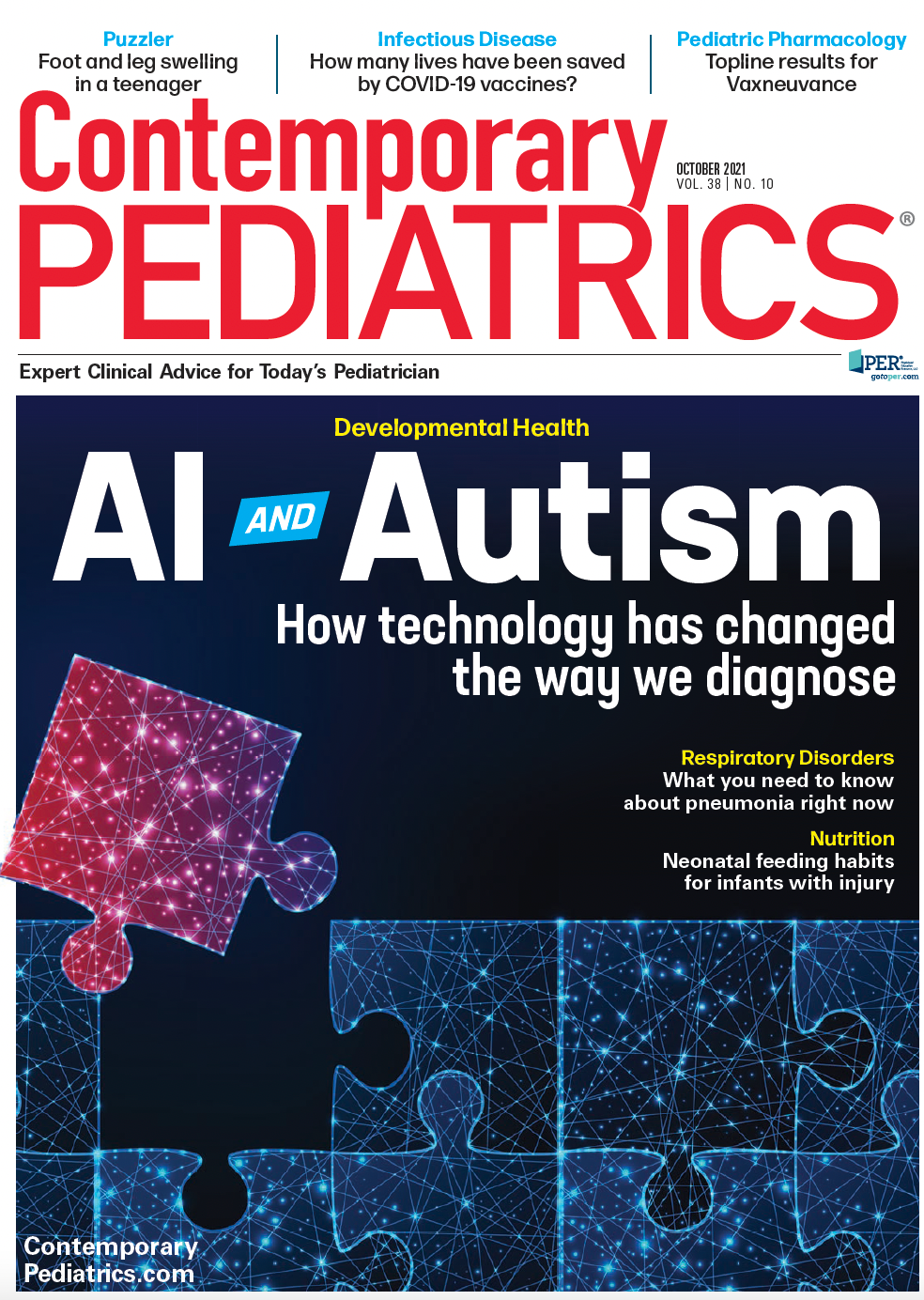How to correctly diagnose and treat community-acquired pneumonia
The winter season of respiratory diseases is nearly here. Knowing how to manage community-acquired pneumonia is essential.
While health care professionals remain on high alert for COVID-19 and all its variants, many pediatricians also witnessed a respiratory syncytial virus (RSV) surge this past summer, typically a winter illness.1 Now that winter is almost here, this is what you should know about pneumonia.
Community-acquired pneumonia (CAP) can appear year-round but late fall and winter tend to be prominent months as viral respiratory illnesses are more common during this time. A majority of CAP is viral, including influenza, RSV, enterovirus, and others, but we have to remember the bacterial causes that include Streptococcus pneumonia, Haemophilus influenzae and Streptococcus group A. CAP is one of the most common serious infections in children and is responsible for a significant number of outpatient visits and hospitalizations.2
Many patients present with fever and cough, so how do you decide who has pneumonia and who should be treated with antibiotics? This is where the art of medicine plays a role. There are subtle findings that can help identify the child with pneumonia, such as grunting or an increased work of breathing; fever persisting beyond a few days; and sometimes it is just that the child looks sicker. You may hear decreased breath sounds or some crackles on the affected side. I have seen some patients come in with only a persistent fever and minimal other signs or symptoms. This is where the chest x-ray (CXR) could be helpful. However, even the CXR may not give us the answer, showing up as normal early in a pneumonia, and sometimes positive when it isn’t pneumonia at all. Unilateral findings are typically more suggestive of a bacterial cause, with bilateral infiltrates being more commonly viral—but again, not always. It is not an easy task to differentiate bacterial from viral pneumonia and determine who needs antibiotics.
So what do we do? As pediatricians and diagnosticians, we have to put it all together: Is there a history of prior upper respiratory symptoms? Has fever been higher than expected and persistent? How does the child look? What are the vitals including oxygen saturations; and what are other findings on exam? Many times you can make the decision on a clinical basis, but a CXR can assist in the diagnosis. It is important to correctly diagnose CAP, yet there are no validated prognostic tools to help in the diagnosis. In the office setting, I do not find obtaining lab findings particularly helpful because the results are very nonspecific to viral vs bacterial pneumonia. If the white cell blood count (WBC) and/or C-reactive protein (CRP) are elevated, what does that tell you? A recent study of bio- markers and disease severity in children with CAP looked at the usefulness of WBC, CRP, and procalcitonin in predicting severity of CAP. Despite the usefulness in predicting severity of disease in adults, CRP and procalcitonin have not proved useful in children. The investigators did note that “CRP and procalcitonin may be useful in predicting the development of specific severe outcomes, such as complicated pneumonia and sepsis.”2 Blood cultures are rarely helpful and should be reserved for the hospitalized patient.
Amoxicillin remains the choice of treatment for suspected bacterial CAP. Antibiotic stewardship stresses the importance of the most specific and least broad spectrum antibiotic for treatment of CAP. The American Academy of Pediatrics Red Book clearly notes, “Don’t treat uncomplicated community-acquired pneumonia in otherwise healthy immunized, hospitalized patients with antibiotic therapy broader than ampicillin.”3 In an unimmunized child or areas of high penicillin-resistant pneumococcus, then an alternative such as a cephalosporin should be considered, especially in the hospitalized child. If an atypical pathogen is considered, such as mycoplasma or chlamydia, then add a macrolide.4
As the temperature drops and the runny noses increase, we need to be on alert for the child who has some- thing more than just an upper respiratory illness. A thorough history and a keen eye on exam will alert you to the possibility of pneumonia. In the office we can keep the patient out of the hospital with an early diagnosis and appropriate treatment of CAP.
References
1. Agha R, Avner JR. Delayed seasonal RSV surge observed during the COVID-19 pandemic. Pediatrics. 2021;148(3):e2021052089. doi:10.1542/peds.20210520889
2. Florin TA, Ambroggio L, Brokamp C, et al. Biomarkers and disease severity in children with community-acquired pneumonia. Pediatrics. 2020;145(6):e20193728. doi:10.1542/peds.2019-3728
3. Antimicrobial resistance and antimicrobial stewardship: appropriate and judicious use of antimicrobial agents. Red Book, 32nd edition. American Academy of Pediatrics; 2021:871.
4. System-based treatment table, respiratory. Red Book, 32nd edition. American Academy of Pediatrics; 2021:997.

The Role of the Healthcare Provider Community in Increasing Public Awareness of RSV in All Infants
April 2nd 2022Scott Kober sits down with Dr. Joseph Domachowske, Professor of Pediatrics, Professor of Microbiology and Immunology, and Director of the Global Maternal-Child and Pediatric Health Program at the SUNY Upstate Medical University.